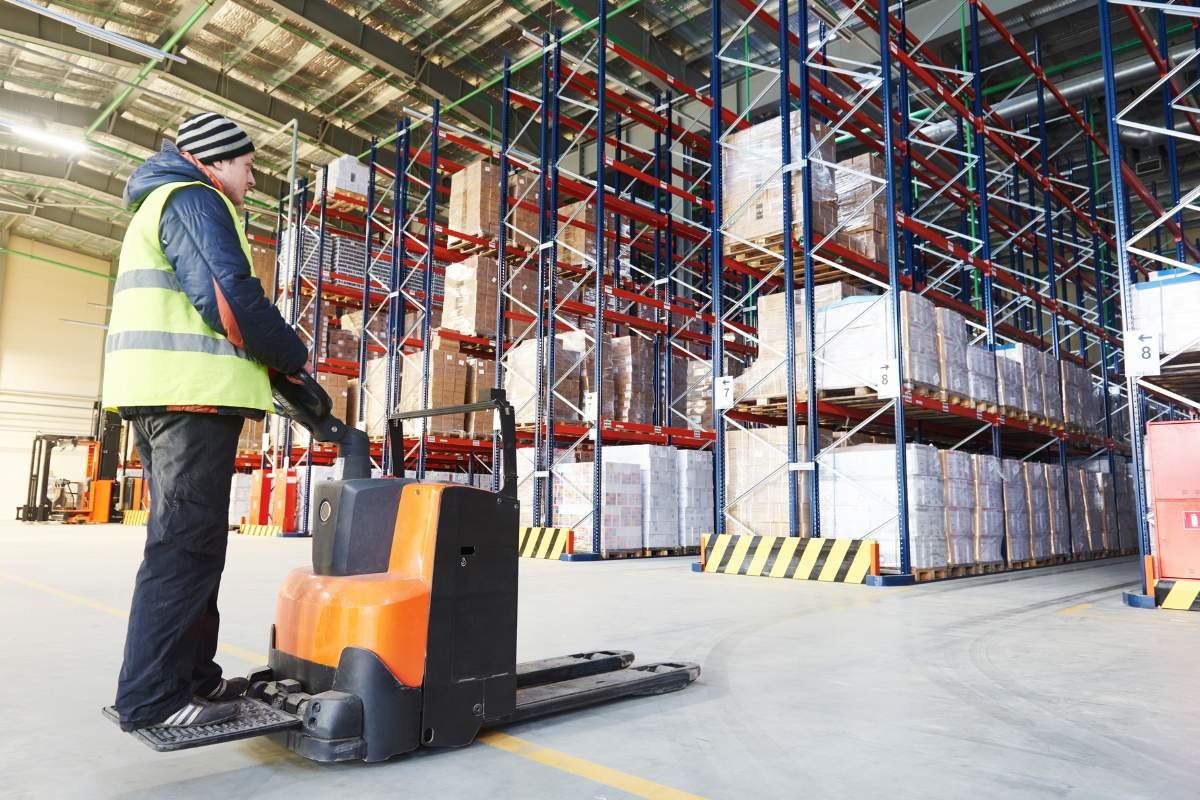As a business owner, purchase orders and invoice are two things that you will likely deal with on a regular basis. In this blog post, we will take a closer look at a purchase order vs. invoice, and explain the key differences between them.
What Is a Purchase Order?
A purchase order (PO) is a document that a buyer creates to request goods or services from a seller. The PO outlines the terms of the transaction, including the type and quantity of goods or services being purchased, the price per unit, the total amount due, the delivery date, and any other relevant details.
Once the buyer and seller have agreed to the terms of the purchase order, it serves as a binding contract between them. For this reason, POs are typically used for large and expensive purchases.
POs are also commonly used in business-to-business (B2B) transactions. In a B2B transaction, the buyer is usually a company that is purchasing goods or services from another company. The use of purchase orders helps to ensure that both parties understand and agree to the terms of the transaction before any goods or services are exchanged.
What Is an Invoice?
An invoice is a document that businesses send to their customers to request payment for goods or services. It typically includes the date of purchase, the customer’s name and contact information, a description of the goods or services provided, and the total amount due.
An invoice can be sent electronically or by mail, and it is typically due within a certain period of time, such as 30 days. Businesses may also include late payment fees on invoices to encourage prompt payment.
Invoices are an important part of running a business, as they help to ensure that customers pay for the products or services that they have received. However, unpaid or overdue invoices can be one of the most stressful parts of owning a business
In some cases, businesses may also use invoices to track inventory levels or account for individual purchases. For example, a business might send an invoice to a customer after they have received a shipment of goods. This allows the business to keep track of what was sold and when, and it also provides a record of the transaction in case there are any issues with the products.
The Key Differences Between PO’s and Invoices
The main difference between a purchase order and an invoice is that a purchase order is issued before any goods or services are provided, while an invoice is issued after the goods or services have been delivered. A PO serves as a contract between the buyer and seller, while an invoice is a statement of what was sold and how much is owed.
Another key difference between Purchase Order and an invoices is that POs typically contain more detailed information than invoices. For example, a PO might include special instructions from the buyer, such as specific packaging requirements. In contrast, an invoice will generally just include a brief description of the goods or services sold, along with the total price.
Finally, it’s important to note that not all businesses use POs. In some cases, buyers may simply issue verbal orders or send a written request for goods or services without using a formal purchase order. Whenever you search for invoice software, also look for receipt generator feature in it.
However, both purchase orders and invoices are reconciled in a similar way. When a business receives an invoice, they will compare it to the purchase order to make sure that all of the items listed on the invoice were received, and that the prices charged are the same as what was agreed upon.
Endnote
Whether you’re a business owner or a customer, it’s important to understand the difference between a purchase order and an invoice. By understanding how these two documents are used, you can ensure that all of your transactions are properly documented and that everyone involved understands the terms of the agreement.





